When you think about a “revolver,” odds are favorable that the famous scene from Dirty Harry appears in your mind: Clint Eastwood wielding a Smith & Wesson Model 29 chambered in 44 Magnum. The speech he gives is certainly memorable, partly because he claims it’s “the most powerful handgun in the world.” Is it realistic to say a magnum revolver is so outstanding it can beat any other handgun that exists? And if you’re a revolver fan, should you have a magnum revolver in your collection?
Let’s take a closer look at the history and use of magnum revolvers.
Who invented the magnum revolver?
Technically, the invention of the magnum revolver was more like the creation of the magnum load itself. Gun writer and firearms lover Elmer Keith, who passed away in 1984, designed magnums in a search for—you guessed it—a more powerful revolver load. Keith was responsible for quite a few advances in the gun world but the existence of the magnum revolver just might be the most memorable.
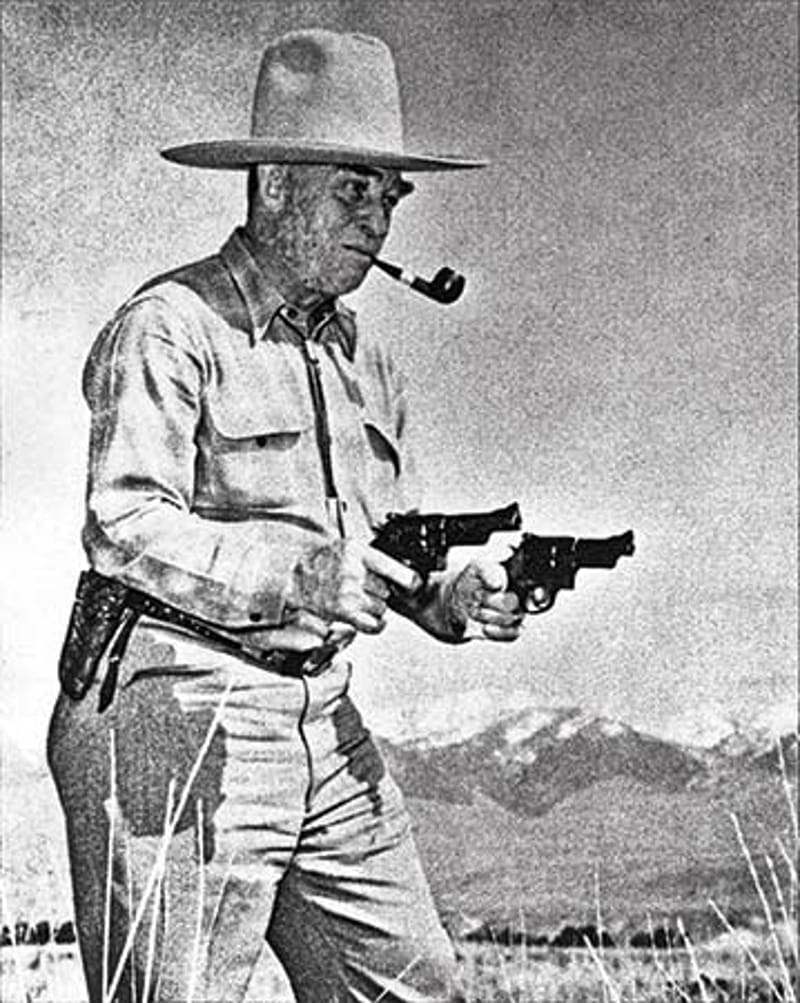
The first magnum load to be developed by Keith was the 357 Magnum. This took place in the 1930s when Keith was in his 20s. At that time there were revolvers chambered in 38 Special that were built on much heavier-duty frames and bulkier revolvers like Smith & Wesson’s .38-44 Outdoorsman. Although they were not technically chambered in 357 Magnum—because it didn’t exist yet—they were strong enough to take the higher pressure of Keith’s invention (fortunately). The work behind the 357 Magnum and other magnum revolver loads was fairly straightforward: Load cartridges to increasingly higher pressures and see what happens. There was more to it than that, but you get the idea.
Over the years, Keith created the 357 Magnum, 44 Magnum, and 41 Magnum. If you enjoy your magnum revolver, thank Elmer Keith.
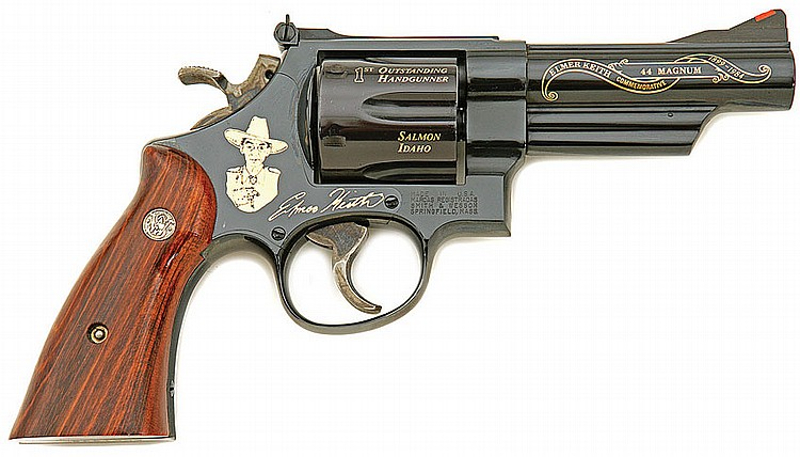
What are the benefits of a magnum revolver?
Even if you aren’t a huge fan of revolvers, the magnum revolver is flat fun to shoot.
And, it’s true: there is no such thing as too many guns. Ddding one or more magnum revolvers to your collection has a wide range of benefits. There are all kinds of reasons to have a magnum revolver in your gun collection, including:
- Versatility
- They’re fun to shoot
- Magnum revolvers broaden your shooting skills
- A magnum revolver is a little—big?—piece of history
- Hunting
- Self-defense
- Plinking
- Truck (hand)gun
- Because you want one
Do you need one?
“Need” is such a wide-open word. Maybe you don’t exactly need a magnum revolver, but you can absolutely benefit from having one. This is especially true if you’re a handgun hunter because using a magnum revolver for game—like feral hogs or deer—is both fun and effective. If your revolvers are strictly range guns, a magnum revolver can be enjoyable—and accurate—to shoot while also giving you a broader range of shooting skills. That’s a win-win.
The 357 Magnum is frequently mentioned by revolver fans as being ideal for defensive purposes. If you’re going to carry a magnum revolver for self-defense, keep these two things in mind: control and potential over-penetration. It can be difficult to keep a 357 magnum revolver on target, specifically during a rapid-fire, adrenaline-filled situation. Magnum revolvers are also more likely to be a risk for over-penetration. It’s true that quite literally any and every cartridge is capable of over-penetrating the target, given the right set of circumstances, but a magnum load does have a greater likelihood of doing so. Remember, you are responsible for every bullet that leaves the barrel of your gun.
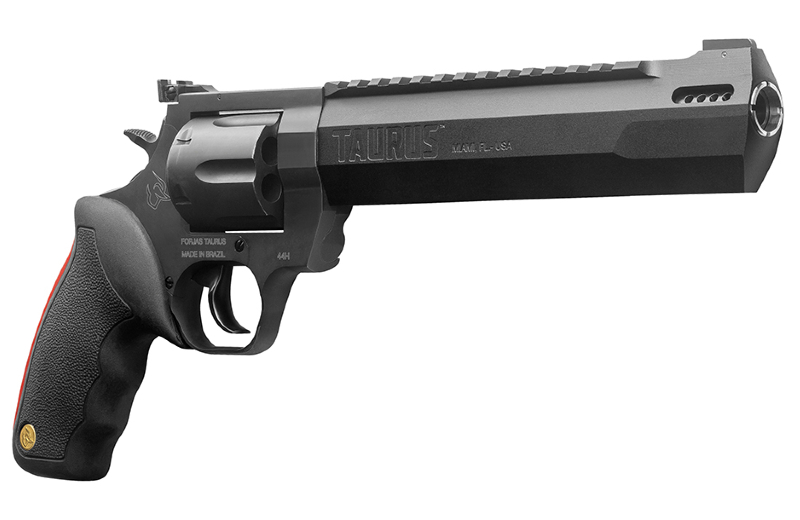
Are bigger magnum revolvers better?
This is yet another of those “yes and no” answers. A larger magnum revolver with a longer barrel is typically capable of greater accuracy and if it has a heavier overall weight, felt recoil will be mitigated somewhat. One of the most surprising magnum revolvers I’ve run is the Taurus Raging Hunter, which turned out to be fantastically precise, reasonably comfortable to shoot, and extremely reliable. (If you’re thinking “of course it’s reliable, it’s a revolver” you probably have not actually spent significant time running revolvers. They do fail, and when it happens, it tends to be dramatic.)
It’s possible to use a 357 Magnum revolver with a shorter barrel with solid success rather than an enormous behemoth of a magnum revolver. As a general rule, it comes down to the overall design and quality of the gun in question and the ammunition you pair it with. Obviously, an ultra-lightweight model is going to set you up for a bad time, so going a bit heavier—if not necessarily longer-barreled—is a good idea.
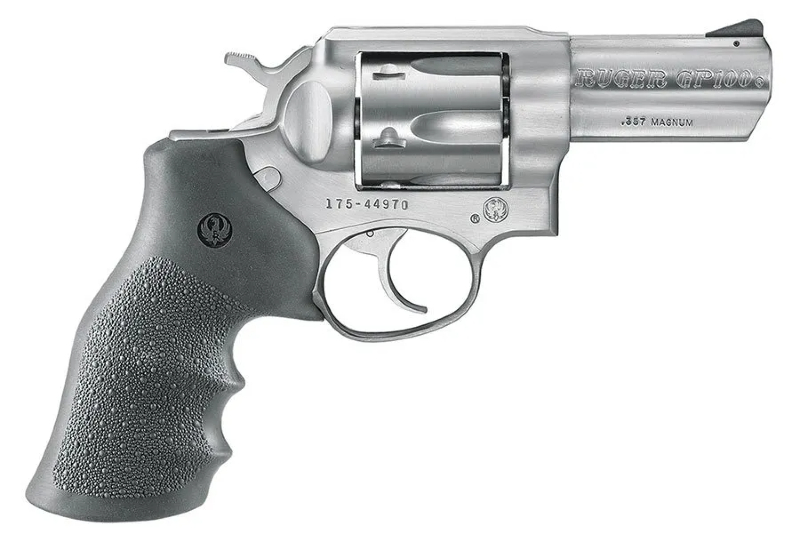
Is all magnum ammunition the same?
Just as with any ammunition, ammunition made for magnum revolvers varies by load and manufacturer. Some companies, such as Buffalo Bore and Cor-Bon, tend to offer hotter loads that deliver greater velocity and energy. Others go with the standard magnum loads. And, as always, what load works best for you depends on the gun you’re using and your own skills and needs. After all, you wouldn’t use target rounds for self-defense, and it’s wise to use hunting-specific loads if you’re a hunter.
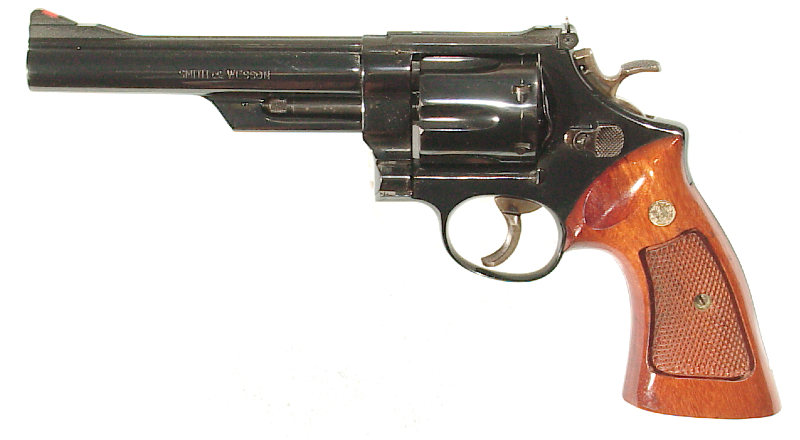
They’re called Magnum for a reason.
The one admonishment I’ll make is regarding advice that was given to me years ago by respected gun writer Dave Campbell. He told me to be cautious with excessively firing magnum revolvers—he knows how much I love them—because I’d eventually pay for those lengthy range days with a row of magnum revolvers laid out before me. He was right. Take the time to take care of your hands, remembering magnum loads really are harder on your joints. This is a bit of a do as I say, not as I do, situation but it’s solid advice: Don’t overdo it. They’re called Magnum for a reason.
Now, get out and shoot one.
Do you have a favorite magnum revolver? I’ll go first: My preference is just about any chambered in 44 Magnum, because it’s fantastic for hunting and they also tend to be incredibly precise. Tell us which model and caliber you prefer in the comments below.


